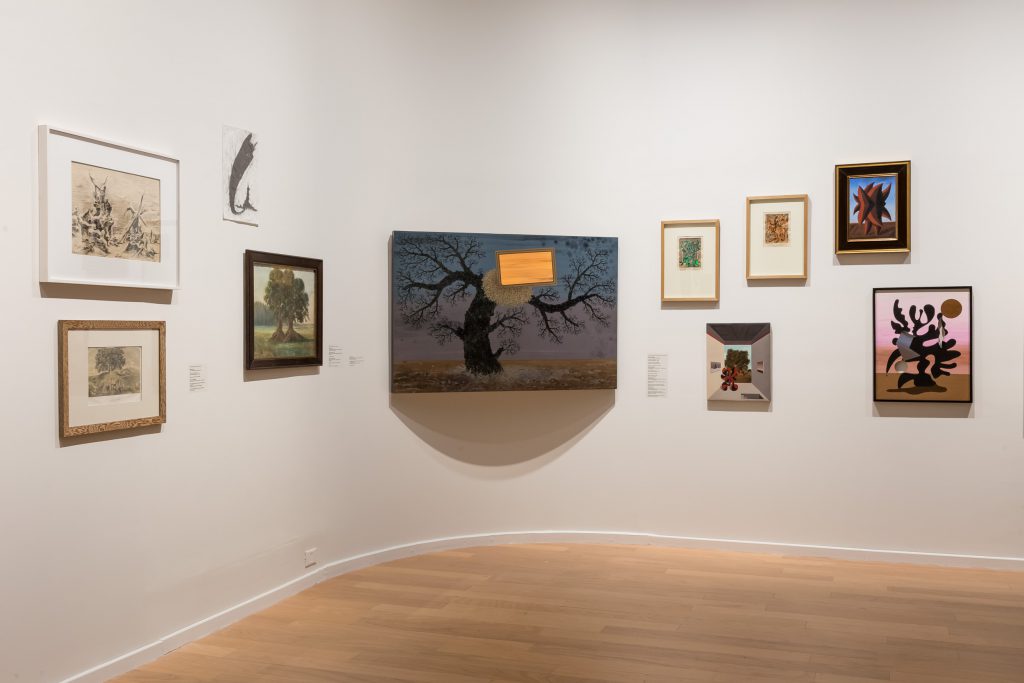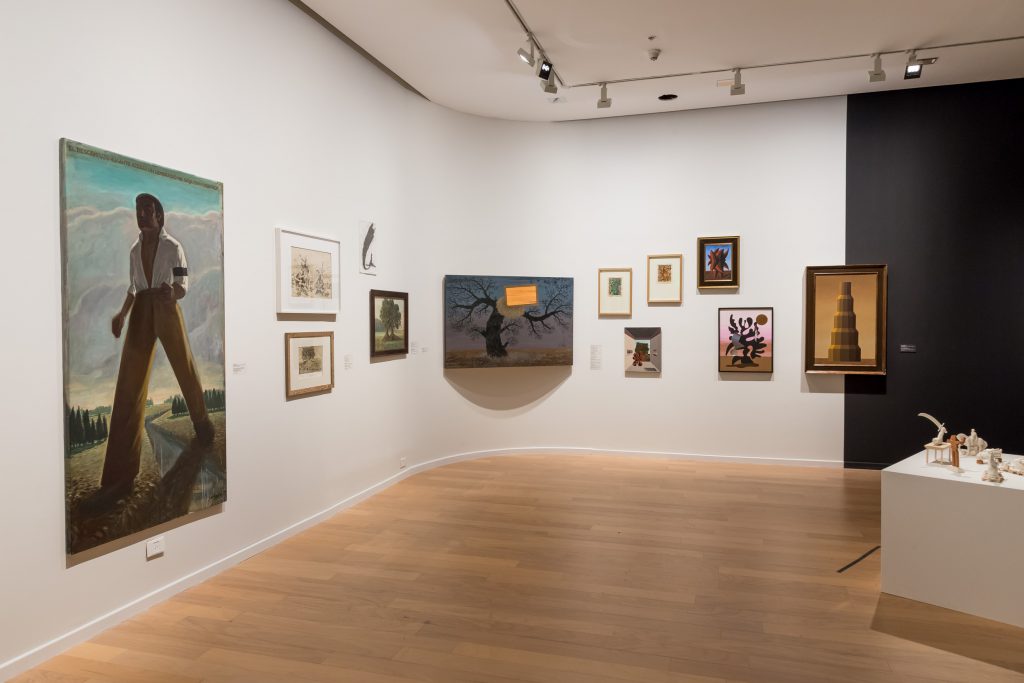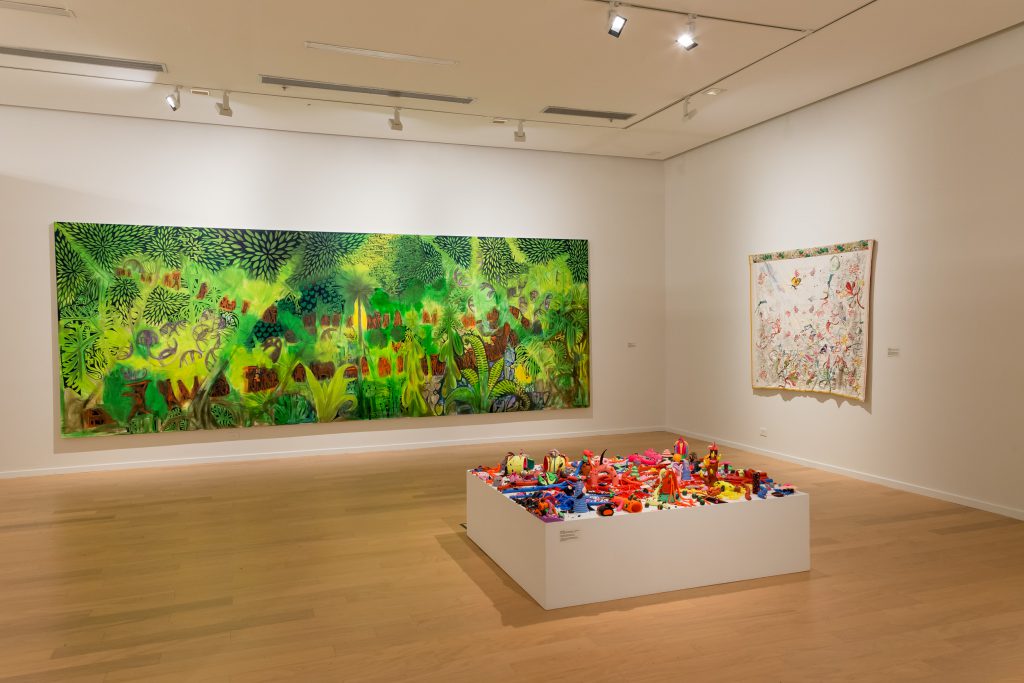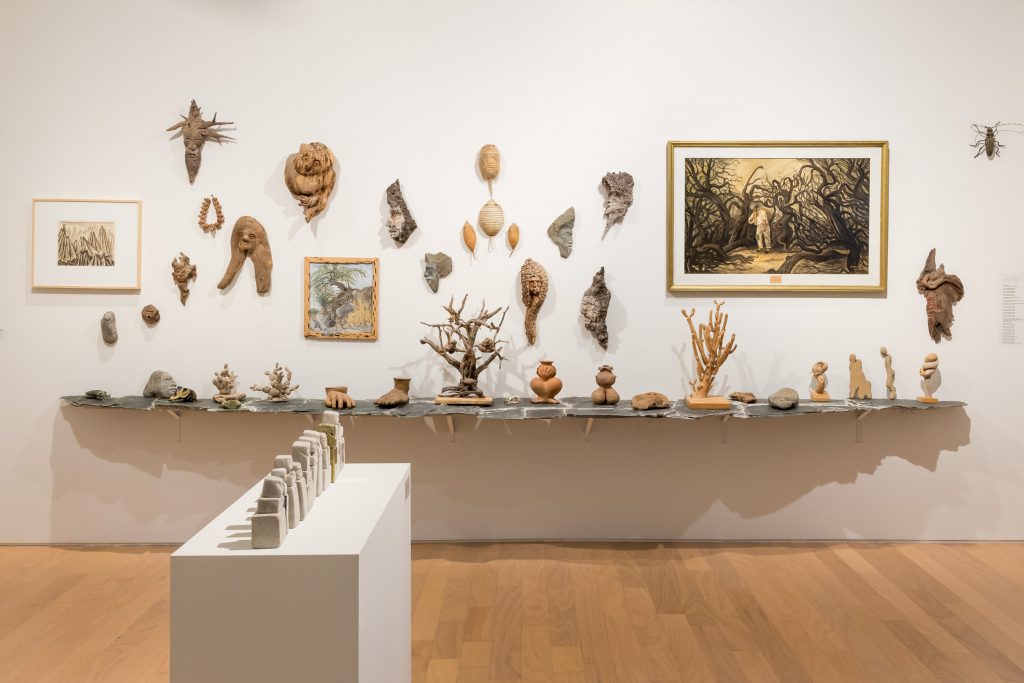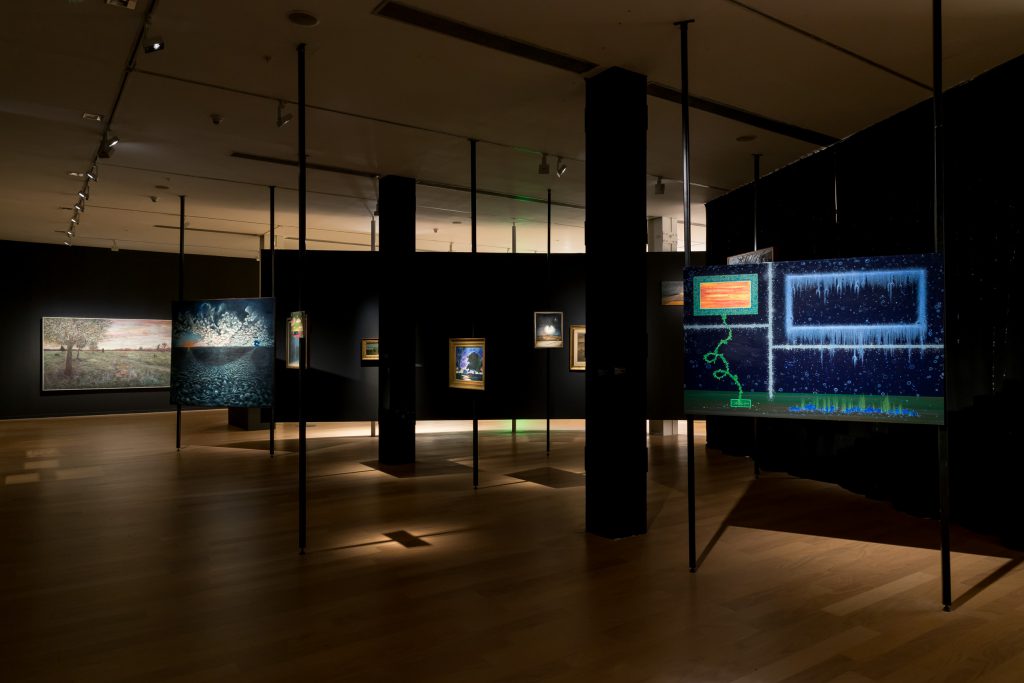A History of the Imagination in Argentina is a journey across land and time. Like rivers that branch out to cover extensive regions, the exhibition explores the different visual motifs engendered on Argentine soil that continue even today to be re-imagined in a variety of different forms, repetitions and new incarnations. The exhibition features over 250 artworks from the 18th Century to the present day inspired by three different geographical areas: the Pampas, the riverscape region known as the Littoral and the northeast of Argentina. Each of these landscapes is examined from three separate thematic perspectives: nature, the female body and violence.
In 1984, Eduardo Schiaffino – the first director of the Museo Nacional de Bellas Artes – argued that the beauty of the Pampas had been invented by poets: there was no way one could depict that immense void with a paintbrush. Eduardo Sívori, however, thought it necessary to pursue the barren image, to paint “an immense, incalculably large Pampas, a terrifying one.” A metaphysical debate sparked up between them: can a landscape be impossible to paint? If it was found and painted, what would the results be? Is it a mirror in which one sees an inverted reflection of oneself? Would it be to paint the mystery of the void and the creatures that live within it? Would it be like painting the dark side of the moon or the inside of a black hole? Can one think of the empty landscape as the perfect Big Bang through which one can occupy the territory with a new imagination? In spite of its biodiversity and indigenous populations, intellectuals of European ancestry saw the 19th century Pampas as a vacant theatre: an immense, apparently empty space to be conquered both politically and with the imagination.
The journey through Pampas fantasy begins with its nightscapes: the vast darkness of the territory is bathed in mystery and imaginary shapes. In the daylight, the shadowy profile of the Ombu tree brightens to become a metaphysical monument that punctuates the void. The sublime immensity then mutates into an enormous cemetery covered in bones and blood from battles and abattoirs. War is also a primary theme by the river in the Litoral, but there it is combined with fantastical creatures and stories containing a mixture of zoomorphs, phytomorphs, anthropomorphs and topography. In the northwest, the horizon is no longer a straight line but a play of brushstrokes, colour and material that imprint the mountains onto your retinas. Lines become drawings over hard and soft surfaces in new versions of pre-Columbian myths and colonial stories that reappear like watermarks or geological strata. Later, the Andean figure of the woman turned to stone, for instance with the Virgin of the Mountain, is transformed in the Pampas wetlands into the symbol of the captive woman and her contemporary reinterpretations.



